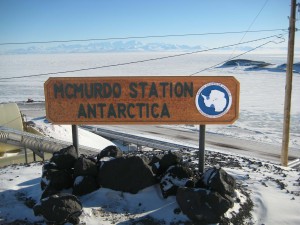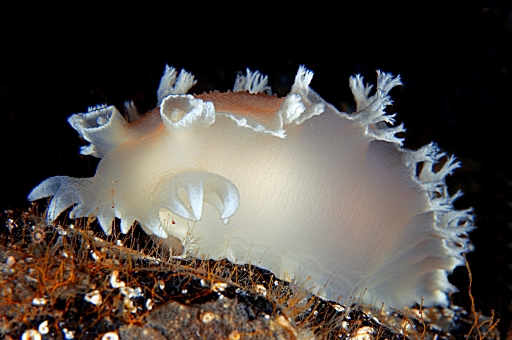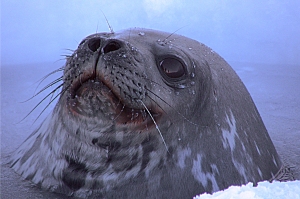 I was recently asked to give a 30-minute after-dinner talk to the 3CPR Resuscitation Panel of the American Heart Association at their annual scientific meeting in Anaheim, CA. In the audience were scientists, cardiologists, anesthesiologists, anesthetists, emergency physicians, and resuscitation technicians. It was a multimedia event with professionally managed sound and video.
I was recently asked to give a 30-minute after-dinner talk to the 3CPR Resuscitation Panel of the American Heart Association at their annual scientific meeting in Anaheim, CA. In the audience were scientists, cardiologists, anesthesiologists, anesthetists, emergency physicians, and resuscitation technicians. It was a multimedia event with professionally managed sound and video.
Knowing that the group would be well acquainted with the role of chance in medical procedures, I chose to use a segue from medicine into the topic of extreme adventures in military and civilian diving. The focus of the talk was on how chance can turn adventures into mis-adventures.
I revealed three areas where Navy Biomedical Research is expanding the boundaries of the state of the art in military and civilian diving. One area was in deep saturation diving, another was polar ice diving, and the third was breath hold diving.
As an introduction to polar diving, I wanted to create a video travelogue of my National Science Foundation-sponsored research and teaching trips to the Arctic (Svalbard) and Antarctica (McMurdo Station and vicinity.) These projects were spearheaded by the Smithsonian Institution, and my participation was funded in part by the U.S. Navy.
To begin the preparation of the video, I assembled my most relevant photos, and those taken by various team mates, and imported them into my favorite video editing software, which happens to be Cyberlink Director. 
Then I went looking for potential sound tracks for the approximately 5 minute video. Considering the topic, I thought Disney’s Frozen would have familiar themes that might be acceptable. I rejected a number of YouTube videos of music from Frozen; most were too close to the original and included vocal tracks. Finally I came across the “Let It Go Orchestral Suite” composed by the “Twin Composers,” Andrew and Jared DePolo.
It was perfect for my application. I extracted the audio track from the Suite as shown on YouTube, imported it into Director, and lined it up with the nascent video track which included all images and other video segments.
To match the music to the video, I simply cut back on the duration for each of 97 images, keeping the other 5 videos in their native length. By experimentation, I found that 3.21 seconds per image resulted in the last image fading out as the music came to a close and the end credits began to roll.
On the first run through of the new video, I couldn’t find anything to complain about; which for me is rare. So I ran it again and again, eventually creating an mp4 file which would play on a large screen and home audio system. But I couldn’t help notice that the gorgeous score would sweeten at interesting times, and serendipitously change its musical theme just as the video subject matter was changing.
How fortunate, I thought. It was then that I began to realize that “chance” had worked its way into the production effort, in an unexpected way.
First, the music seemed to my ear to be written in 4/4 time, with each measure lasting 3.2 seconds, precisely, and purely by happenstance matching the image change rate. At a resulting 0.8 seconds per beat, or 75 beats per minute, that placed the sensed tempo in the adagietto range, which seemed appropriate for the theme of the music. (Without seeing the score, I’m just guessing about the tempo and timing. But that’s how it felt to me.)
The timing coincidence was rather subtle at first, but as the finale began building at the 3:39 minute mark, the force of the down beat for each measure became more notable, and the coincidence with image changes became more remarkable. There was absolutely nothing I could do to improve it.
In some cases the technical dissection of music can be a distraction from the beauty of the music, but I’ve done it here merely to point out that sometimes you just luck out. In this case it truly was a matter of chance.
In my mind, the DePolo Orchestral Suite makes the video. Hope you enjoy the show.
To learn more about these composers and their music, follow this link.





















